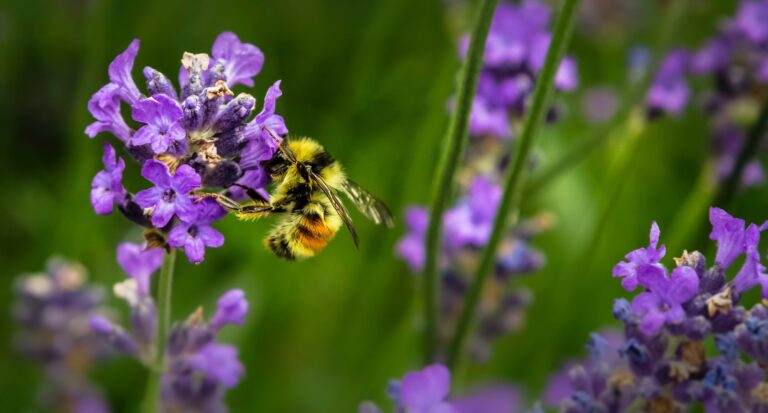
Biodiversity at a crossroads: why population matters
2022 is a big year for the natural world: a new international agreement will be agreed to combat global biodiversity loss. The post-2020 Global Biodiversity Framework is intended to ensure that by 2050, humans are living in harmony with nature. The UN has also called for greater funding for nature conservation. Population Matters Senior Campaigner Andrew Howard examines recent developments, and how human population growth is being dealt with.

WHY POPULATION MATTERS
Biodiversity loss is accelerating. The extinction rate is now so high that scientists have established that we are in the midst of a sixth mass extinction driven by human activity. As we’ve written about many times before, human population growth is a major driver of biodiversity loss, primarily through the destruction of natural habitat for agriculture.
In 2010, ambitious global biodiversity goals were agreed, called the Aichi Targets. These expired in 2020 without any of the targets being met. While there are many reasons for this, the failure to address the issue of human population growth is certainly among them.
It’s vital that population is recognised now. Through our online action, our supporters can write directly to their countries’ environment ministers, urging them to ensure that tackling unsustainable population growth is included in the new biodiversity agreement.
EXPERTS WEIGH IN ON POPULATION IN BIODIVERSITY PLAN
The current draft of the post-2020 Global Biodiversity Framework (GBF) will be further negotiated in Geneva in March. It will then be adopted at the COP15 summit in China later this year. It makes no direct reference to human population growth, including in its 21 targets for 2030.
The significance of this omission was highlighted in January this year, when the UN Convention on Biological Diversity (CBD) published a key document on the transformative actions that are needed on all drivers of biodiversity loss. Drafted by a group of biodiversity experts, the document is clear that human population growth is a key driver of biodiversity loss. It also states,
“Many of the indirect drivers […] are explicitly addressed in the targets of the GBF, or in their narratives […]. Some important direct drivers are not covered […] nor are some key indirect drivers such as human population growth, or armed conflicts.”
PM is now using this document to bolster its case that population growth cannot be ignored in the targets of the Global Biodiversity Framework.
WOMEN’S EMPOWERMENT
Population Matters welcomes that the GBF recognises the empowerment of women and girls as being crucial to its successful implementation. But even that has a significant omission.
Last July, we submitted evidence to the Convention on Biological Diversity on its draft Gender Plan of Action (GPA). In it, we urged that the GPA address the importance of sexual and reproductive health and rights (SRHR), including access to voluntary, modern family planning services. This is crucial if the GPA is to support implementation of a GBF that is responsive to women’s rights and needs.
It is disappointing that the latest version of the GPA, which will be negotiated further in Geneva in March, still fails to mention SRHR. It does, however, explicitly highlight the promotion of women’s empowerment through access to safe, quality and paid employment – something many women won’t be able to achieve if they don’t have control over their own bodies, including the right to choose when and how many children to have.

A CBD document, published in December last year, on the linkages between the draft GPA and draft GBF, defines the empowerment of women and girls as “the process of supporting women and girls in gaining control over their own lives.” Despite this, it also fails to mention SRHR.
It is time that these positive population solutions are fully acknowledged at the global level and integrated into the GBF and accompanying GPA. Take our online action to help ensure they are.
GREATER FUNDING FOR NATURE CONSERVATION NEEDED
In January this year, the UN published a report calling on G20 countries to provide increased financial support for nature. To meet all agreed biodiversity, land restoration and climate targets by 2050, the report called for annual G20 investments in nature to increase by at least 140%.
The report also crucially called for G20 countries to increase investment in non-G20 countries. It argued that this can often be more cost effective and efficient than investing in nature-based solutions internally.
Wealthy G20 countries must fund nature conservation at home – the UK, for example, is one of the most nature-depleted countries in the world – and also tackle their unsustainable consumption of natural resources. However, investing in positive population solutions in low- to middle-income, non-G20 countries would have huge benefits for both people and nature. Advancing women’s equality and sexual and reproductive rights improves their lives, and by extension their communities. The additional long-term benefits to the Earth and its biodiversity through the reduction of population pressures reinforce the central importance of investing in them.



